This is the second in a series of posts I will be sharing about our 10-day bird tour to Ecuador (CLICK HERE to see the first post giving an overview of the tour). Instead of using a day-by-day description, subsequent posts will be clustered around the three main areas we birded: Quito (first and last days), Sachatamia Lodge (3 nights), and San Isidro Lodge (3 nights). Here is a map showing the three areas:
Given that Ecuador is about the size of Colorado, the distance between the three locations is not very far. From Quito we first drove west to Sachatamia Lodge – driving without stops it takes about 2 hours and is about 57 miles away (22.5 miles as-the-crow-flies). To get to San Isidro Lodge we drove back through Quito, and without stops it takes about 2.5 hours, about 89 miles away (72 miles as-the-crow-flies). I’ll share more about these lodges in future posts, but suffice it to say they had very comfortable rooms and excellent food.
Given that there are hundreds of lodges in Ecuador, why these two? Location, Location, Location! They are only 150 miles apart but the birds and vegetation surrounding each is quite different. This is because they are on opposite sides of the Andes Mountains. Sachatamia Lodge is on the western slope, in the middle of the Mindo Valley of the Choco Bioregion. All the rain that falls there eventually ends up in the Pacific Ocean. We drove east over the Andes Mountains (at the highest the highway was at 13,000 feet) to get to San Isidro Lodge on the eastern slope, which is located near within Amazon basin (all rain that falls here ends up in the Amazon River/Atlantic Ocean).
A Note About Where and How We Birded in Ecuador
I wrote a post about how to prepare for and the dos and don’ts while on a bird tour and if you’d would like to see that Click Here.
Every birding trip I’ve been on I had to get up early, and Ecuador was no exception. We were up as early at 5 AM and no later than 6:30 AM every morning. Deal with it.
As on previous tours, the guide used playback occasionally to call in a specific bird. I do mean occasionally because of where we were birding most of the time – feeder sites.
Most of the time in Ecuador we were birding at sites that had many feeders and a covered platform for us to observe them from. The feed was exclusively bananas (hung on a nail or placed in a groove of an old limb) and hummingbird feeders. Below is a picture of at least 10 hummingbirds (five different species) flying around a feeder at Sachatamia Lodge.
Here a worker at Refugio Paz de las Aves places a banana on a nail while a Toucan Barbet patiently waits nearby.
We saw lots of birds at every stop with feeders and the sites ranged from elaborate setups like at the lodges with comfortable chairs, to mom-and-pop sites they built on the outside of their house. Here’s a sign at one of the smaller places we visited – most of them charged about $10 per person and had a restaurant and nice baños.
Since we were seeing so many birds at the feeders it took me a couple of days to realize that we weren’t going on many trails to look for birds. Indeed, when we did bird away from the feeders we saw very few birds; one time we walked 2.25 miles down a trail – to feeders – and back. Along the way we saw a couple of birds high up in the trees and they were hard to ID and nearly impossible to photograph. It was like the other day when Karen and I went to the Morton Arboretum and saw 10 birds and then came home and saw 30 birds in our backyard around our feeders! This reliance on feeders in Ecuador was different from all the other birding trips we’ve taken, where we usually went out into the countryside to find birds. The countryside in Ecuador is so vast, the terrain is so steep, and the vegetation is so lush that it would have been very difficult to find the same birds away from the feeders. Below is a picture of the trail we took a short way to see a Giant Antpitta – it was muddy, slippery and steep.
Without going to the feeders we probably would have only seen a small fraction of the 268 species I observed, so I’m OK with them. If that would bother you I would suggestion going elsewhere on your next birding trip.
A final note about clothing. We were on the Equator while in Ecuador and you would think it would be hot. Not so! We were birding at elevations between 5,000 and 10,000 feet so it was cooler up there. Adding to that we were in the rainforest/cloudforest with fog, drizzle and rain much of the time which cooled us down. Raincoats and layers were the way to dress most days. Karen was even using gloves a couple of mornings!
That’s all for setting the stage for our birding adventure in Ecuador. In the next post I’ll share how I got 13 Lifers in a city park in downtown Quito on Day 1.
If you enjoy seeing beautiful pictures of birds from around the world and reading about them Click Here to sign up for our mailing list. Members can post their own GreatBirdPics and learn more about bird photography techniques.

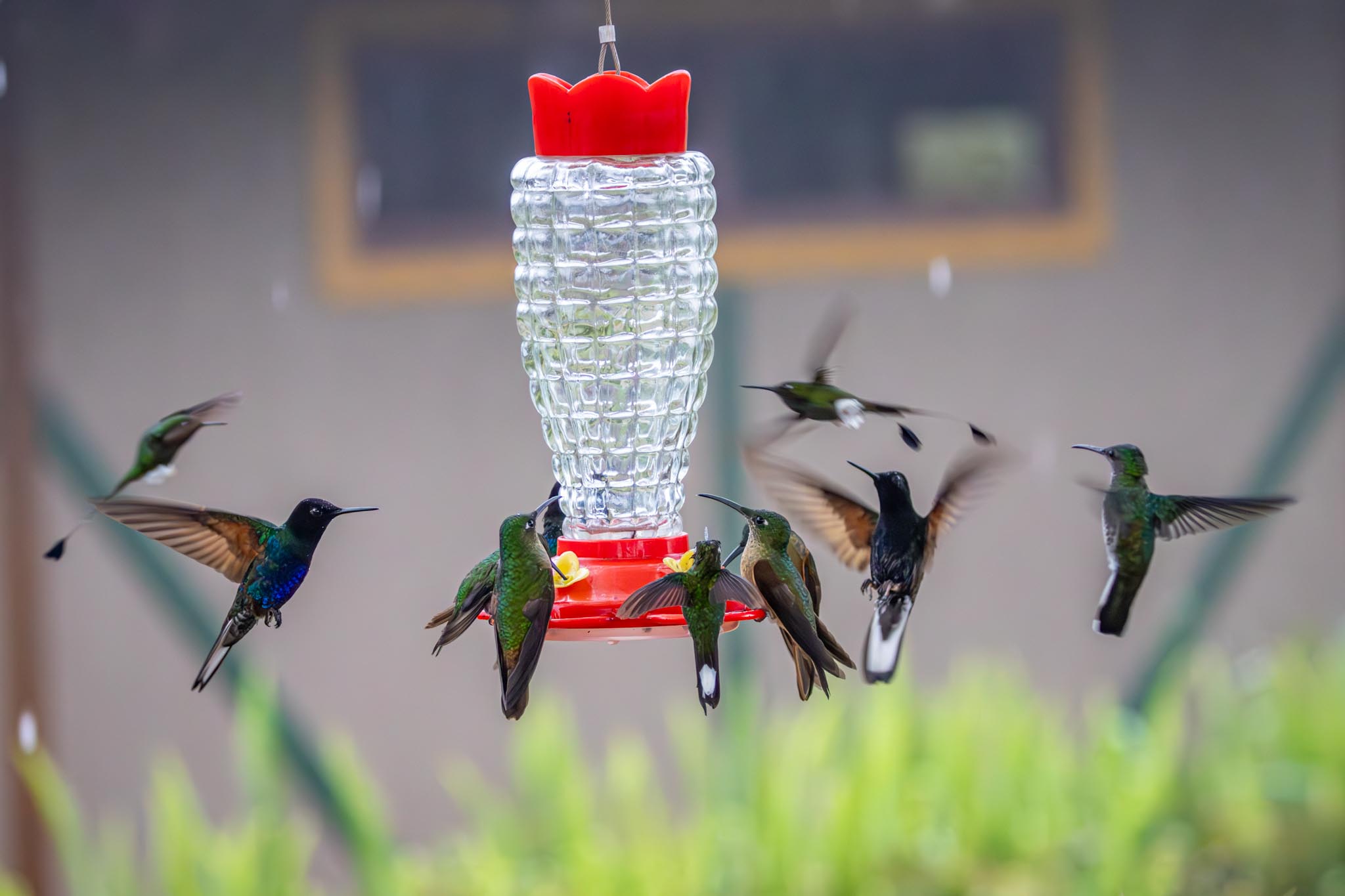
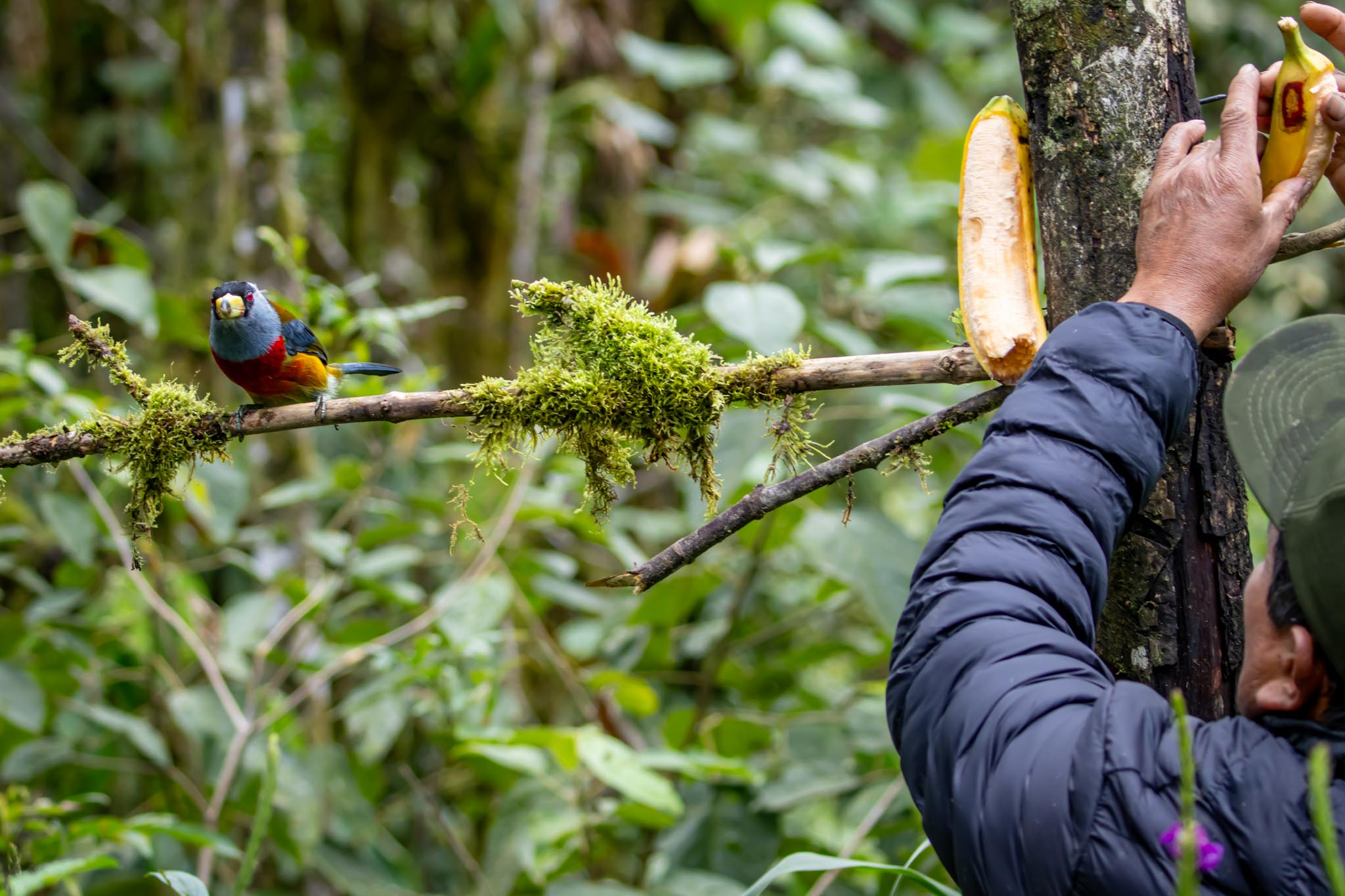
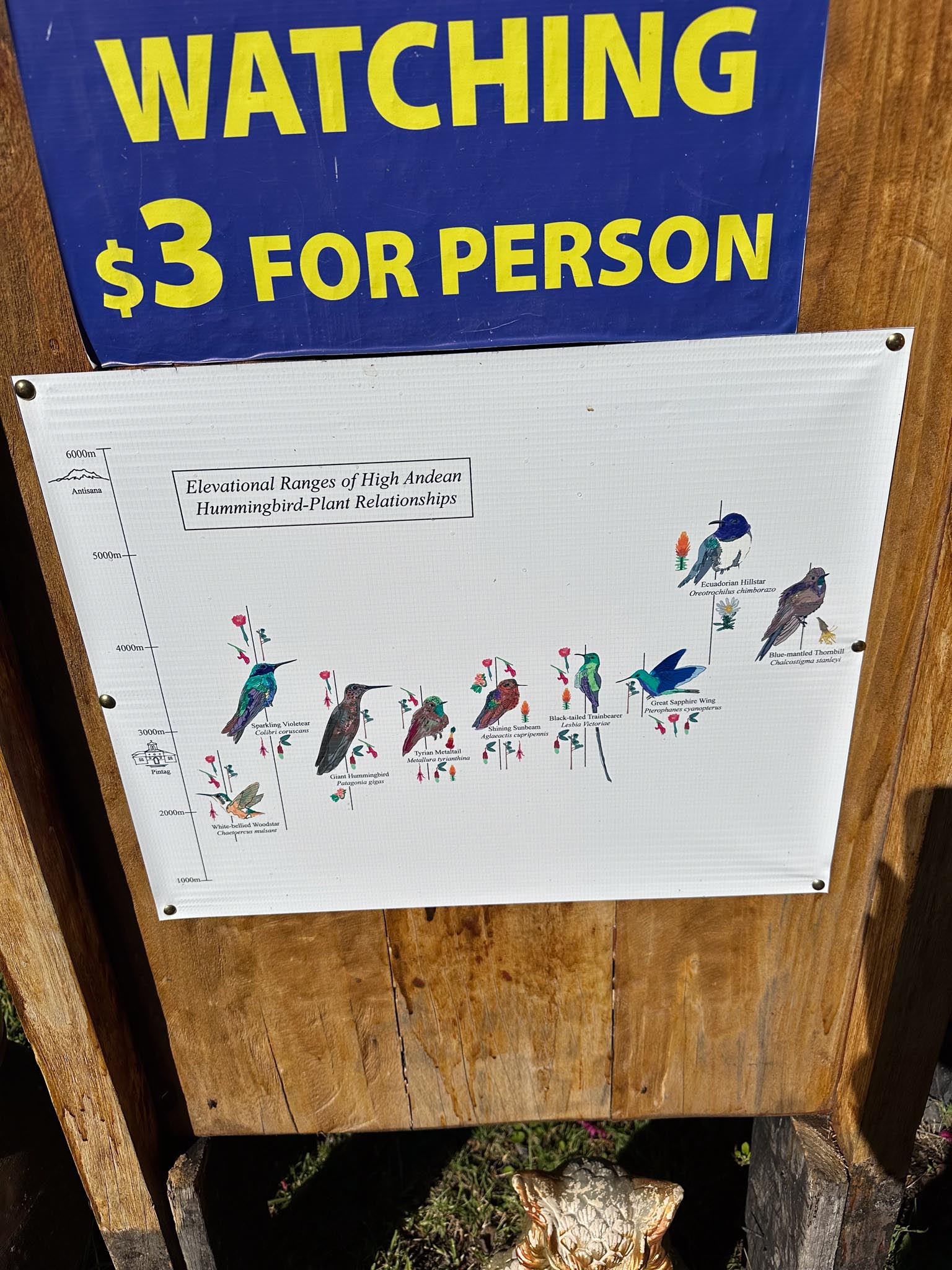
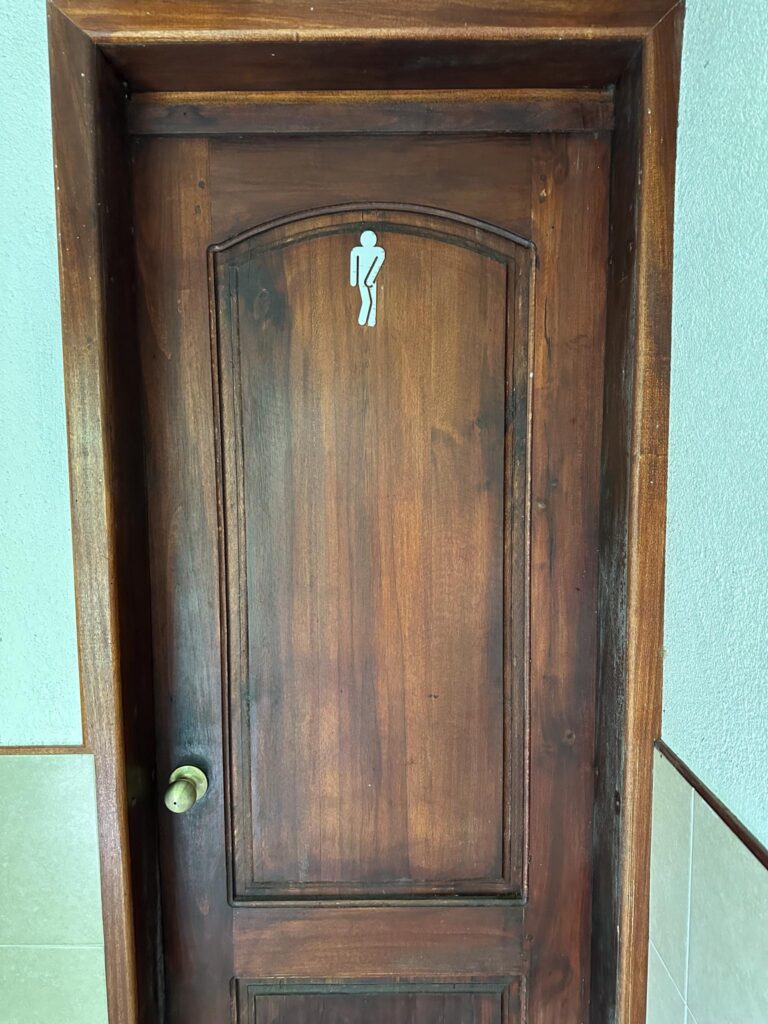
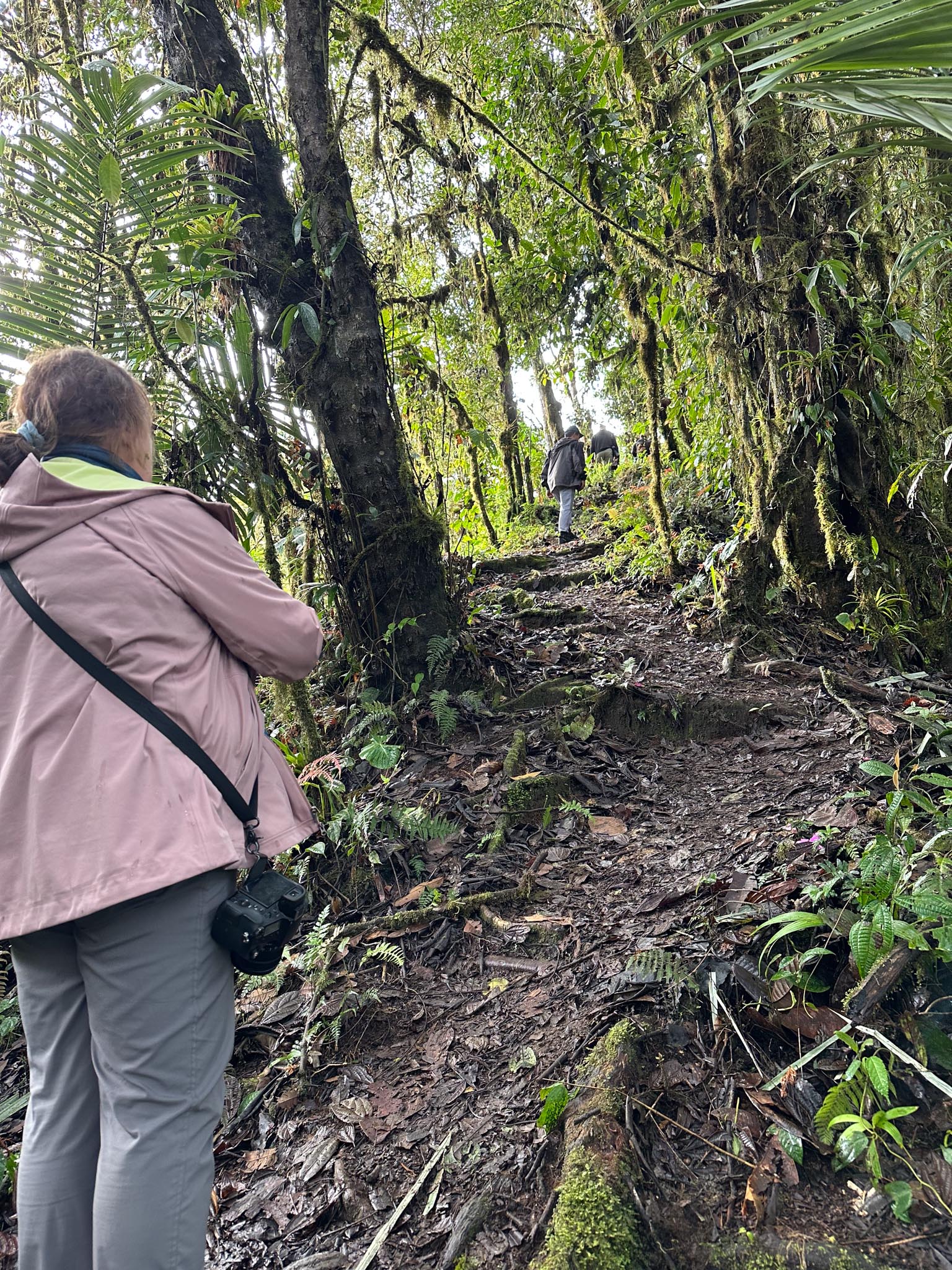
Looks like great fun! Safe travels and good luck with the viewing!